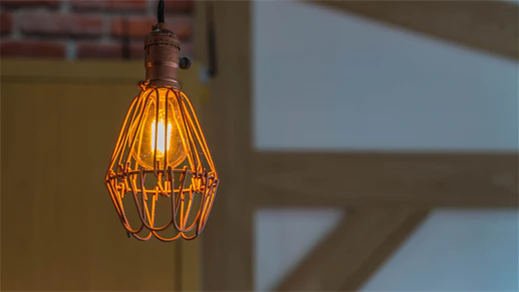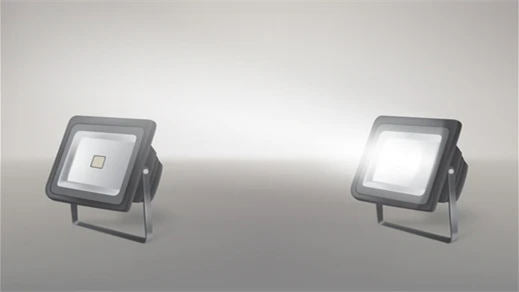Garage lights have become a popular background choice formany because they offer a versatile and dynamic ambiance. With their bright and even illumination, they provide the perfect backdrop for various activities, from parking cars to DIY projects. Plus, the array of options, such as LED fixtures or fluorescent tubes, allows for customization to suit different preferences. Whether you're working on a car, organizing tools, or simply hanging out, the soft glow of garage lights adds a cozy and inviting atmosphere to any space.
Choosing the right lumens for garage lighting involves considering the size of the garage, the type of activities performed there, and the desired brightness level. Here’s a step-by-step guide to help you determine the appropriate lumens for your garage lights:
- Understand Lumens and Light Output
- Lumens measure the total amount of visible light emitted by a light source.
- Watts measure energy consumption, not brightness. Modern LED lighting provides more lumens per watt than traditional incandescent bulbs.
- Measure the length and width of your garage to calculate the total square footage.
- Example: A two-car garage typically measures about 20 feet by 20 feet, giving you 400 square feet.
- General Lighting: For basic illumination, use approximately 50 lumens per square foot.
- Task Lighting: For activities like woodworking, car repairs, or detailed hobbies, aim for 75-100 lumens per square foot.
- Use your garage’s square footage to calculate the total lumens needed.
- Example Calculations:
- For general lighting in a 400 sq ft garage: 400 sq ft x 50 lumens/sq ft = 20,000 lumens.
- For task lighting in the same space: 400 sq ft x 75 lumens/sq ft = 30,000 lumens.
- LED Lights: Energy-efficient, long-lasting, and available in various brightness levels. Ideal for garages lights.
- Fluorescent Lights: Provide broad, even lighting. Suitable for large areas but less energy-efficient than LEDs.
- Incandescent Lights: Less efficient and typically not recommended due to lower lumen output and higher energy consumption.

- Even Distribution: Place multiple light fixtures to ensure even lighting and minimize shadows of garage lights.
- Fixture Placement: Consider where shadows might fall, especially around workbenches or storage areas.
Example Layout:
- For a 400 sq ft garage requiring 20,000 lumens, you could use:
- Five 4,000-lumen LED fixtures evenly spaced.
- Ensure fixtures are placed in a grid pattern for uniform light distribution.
- Daylight (5000K-6500K): Ideal for detailed tasks, provides a bright, clear light.
- Cool White (4000K-5000K): Suitable for general lighting, offering a neutral white light.
- Warm White (2700K-3000K): Creates a cozy atmosphere but may be too dim for detailed work in a garage lighting.
Additional Considerations
- Dimmable Fixtures: Consider dimmable LED lights to adjust the brightness based on your needs.
- Motion Sensors: Add motion sensors for convenience and energy savings. They turn lights on automatically when movement is detected and off when there is none.
- Ceiling Height: If your garage has a high ceiling, you might need more powerful fixtures or additional lights to ensure adequate illumination.

Practical Example:
Imagine you have a standard 400 sq ft two-car garage, and you want to ensure it is well-lit for both parking and occasional detailed tasks like car repairs or woodworking.
- Calculate Total Lumens Needed:
- For general lighting: 20,000 lumens.
- For task lighting: 30,000 lumens.
- Choose LED Fixtures:
- Each LED fixture emits 4,000 lumens.
- Determine Number of Fixtures:
- For 20,000 lumens (general lighting): 20,000 lumens / 4,000 lumens per fixture = 5 fixtures.
- For 30,000 lumens (task lighting): 30,000 lumens / 4,000 lumens per fixture = 7-8 fixtures.
- Layout the Fixtures:
- Evenly distribute 5 fixtures across the ceiling for general lighting.
- For task lighting, add more fixtures above workbenches or areas where detailed work is performed.
- Select Color Temperature:
- Choose a daylight color temperature (5000K-6500K) for clear, bright light suitable for all tasks.
By following these steps, you can ensure that your garage lights is well-lit, providing a safe and functional environment for all your needs.


































Leave a comment
This site is protected by hCaptcha and the hCaptcha Privacy Policy and Terms of Service apply.